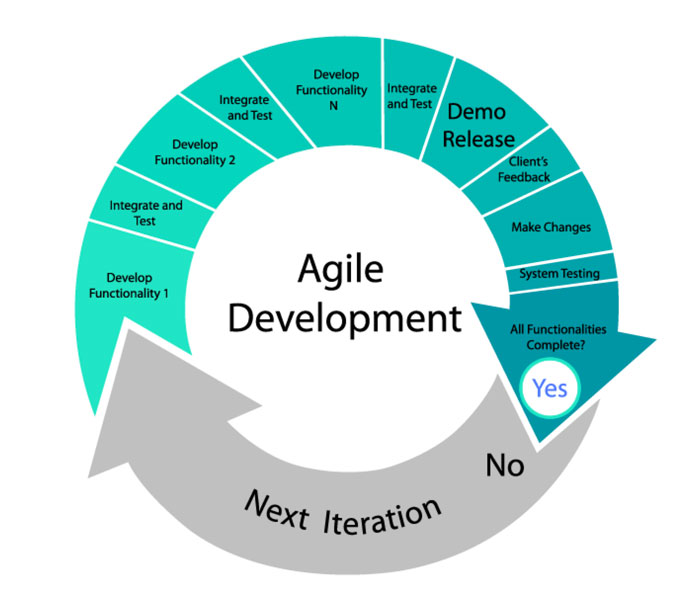
8
eneroAgile Design - Streamlining Product Development for Faster Results
Introduction
Agile Design is transforming the means teams establish, examination, and release items. Combining agile approach with style thinking, Agile Style provides a versatile and iterative approach that permits teams to respond rapidly to market shifts, include individual comments, and continually improve item top quality. As organizations progressively go for a much faster time-to-market and a far better customer experience, Agile Style has emerged as a valuable approach.
What is Agile Design?
At its core, Agile Design is the blend of dexterous growth principles with user-centered layout strategies. Agile Layout eventually leads to an item that satisfies users' needs much more effectively.
 Secret Concepts of Agile Style
Secret Concepts of Agile Style
User-Centric Method: Agile Layout places customers at the center. By consistently testing and refining based upon comments, developers make sure the item lines up with real-world customer assumptions and requirements.
Partnership: Agile Design emphasizes teamwork, damaging down silos and motivating close partnership between developers, developers, and stakeholders. This boosts interaction and guarantees that each employee's understandings educate style selections.
Iterative Development: Agile Design depends on iterative cycles-- short, concentrated sprints of job that bring about fast prototypes and fast testing. This allows teams to recognize and fix problems early, improving both speed and top quality.
Flexibility: Agile Style adapts to changing requirements throughout the task. Groups prioritize adaptability, adjusting as customer needs develop or market conditions shift.
Benefits of Agile Layout
Agile Design uses numerous key benefits. It increases time-to-market by developing room for fast adjustments, reduces squandered sources, and minimizes the risk of supplying an item that disappoints user assumptions. Additionally, Agile Layout fosters a society of flexibility, making it much easier for groups to pivot as brand-new understandings emerge.
Executing Agile Design
To carry out Agile Style, beginning by breaking down the layout process right into sprints, setting clear goals for each and every stage. Foster a society of cross-functional collaboration by motivating communication in between all entailed teams. Consistently examination layouts with actual individuals to make sure that the product stays straightened with developing demands.
Combining active approach with style reasoning, Agile iterative design Layout supplies an adaptable and iterative technique that enables teams to react swiftly to market shifts, include user feedback, and constantly enhance item high quality. At its core, Agile Style is the blend of nimble advancement principles with user-centered style approaches. Agile Design eventually leads to a product that fulfills customers' needs more efficiently.
To execute Agile Layout, beginning by damaging down the layout procedure into sprints, establishing clear goals for each stage.
Reviews